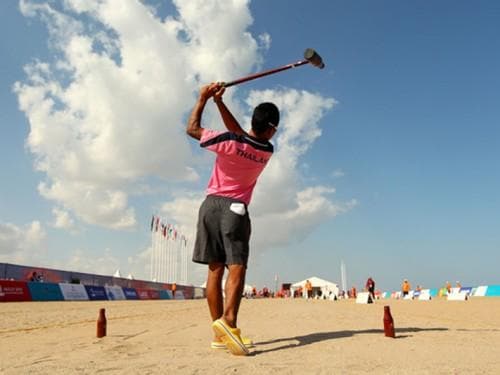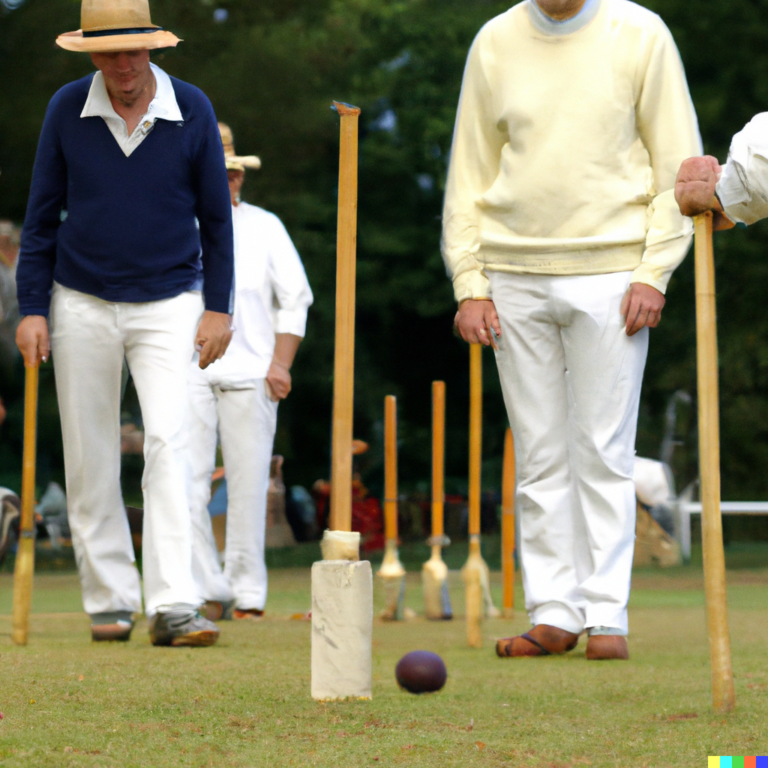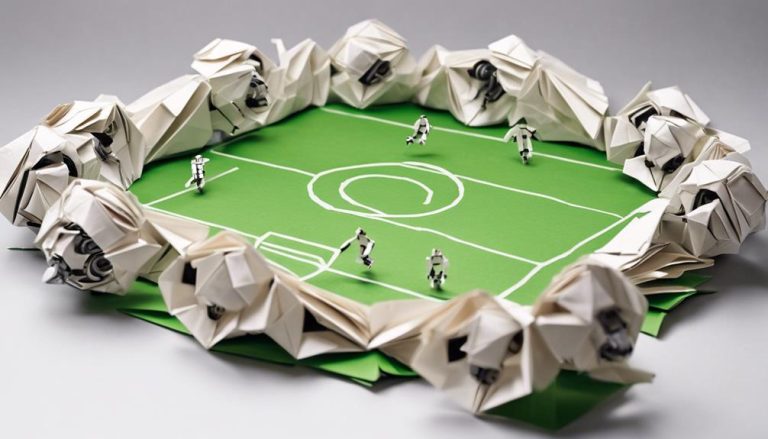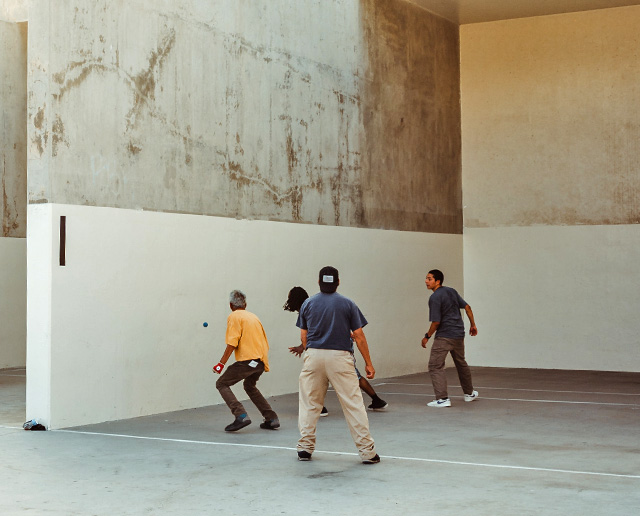General Rules of Sawing Sport
You might think sawing sport is just about cutting logs, but there's much more to it than meets the eye. From the precision of your cuts to the teamwork required, this sport demands focus and skill. As you navigate through the various rules governing sawing competitions, you'll discover the intricate balance between speed, technique, and strategy that can make all the difference between victory and defeat. So, are you ready to uncover the secrets behind this intense and captivating sport?
Sawing Sport Overview

In the world of competitive sawing sport, participants showcase their skills in precision and speed through the art of cutting wood. Sawing sport techniques play a crucial role in determining the success of a competitor. One key technique is the angle of the saw blade. A slight variation in the angle can significantly affect the efficiency of the cut. Competitors must master the art of maintaining a consistent angle to ensure smooth and accurate cuts.
Competition strategies are another essential aspect of excelling in sawing sport. One common strategy is to focus on rhythm and pacing. By establishing a steady rhythm, participants can maintain their momentum and avoid wasting energy on unnecessary movements. Additionally, pacing oneself throughout the competition is vital to ensure endurance until the end. Knowing when to push harder and when to conserve energy can make a significant difference in the final outcome.
Furthermore, strategic tool selection is a key component of competition strategies in sawing sport. Competitors must choose the right saw for the specific type of wood they are cutting. Different saws have varying strengths and weaknesses, and understanding these attributes can give competitors a competitive edge. By combining effective sawing sport techniques with smart competition strategies, participants can maximize their performance and increase their chances of success in this challenging and exhilarating sport.
Team Composition
To optimize performance in sawing sport, understanding the dynamics of team composition becomes paramount. When it comes to sawing sport, team composition plays a crucial role in determining success. Here are some key points to consider when forming your sawing team:
- Team Dynamics: The interactions and relationships between team members can greatly impact performance. It is essential to have good communication, trust, and teamwork to effectively work together towards a common goal.
- Strategy Planning: Developing a solid strategy is key to achieving success in sawing sport. Each team member should understand their role and responsibilities within the strategy to ensure smooth execution during competitions.
- Skill Diversity: Having a diverse range of skills within the team can be advantageous. Different strengths and abilities can complement each other, leading to a more well-rounded and effective team.
- Rotation Strategy: Implementing a rotation strategy can help prevent fatigue and optimize performance. By rotating team members during practice sessions and competitions, each member gets the opportunity to rest and recover, ensuring consistent performance throughout.
Equipment Requirements

When it comes to participating in sawing sports, understanding the required gear and safety equipment is crucial. Let's examine the necessary sawing tools and essential safety gear to ensure a smooth and safe experience in this sport. The points outlined in this section will give you a detailed insight into the equipment requirements for engaging in the sawing sport.
Required Sawing Gear
For optimal performance in the sport of sawing, the essential gear includes a sturdy saw, protective goggles, and durable gloves. When engaging in sawing sport, ensuring you have the proper sawing gear and attire is crucial for your safety and efficiency. Here are some key items you should have:
- Sturdy Saw: Choose a saw that is sharp and appropriate for the material you are cutting.
- Protective Goggles: Safety goggles are necessary to shield your eyes from any debris that may fly off during sawing.
- Durable Gloves: Gloves will protect your hands and provide a better grip on the saw.
- Proper Attire: Wear clothing that is comfortable and allows for easy movement to enhance your performance.
Having the right gear will not only keep you safe but also improve your sawing experience.
Essential Safety Equipment
Having the appropriate safety equipment is paramount for ensuring a secure and successful experience in the sport of sawing. Importance lies in selecting gear that meets safety standards and suits your needs. Proper usage of safety equipment like goggles, gloves, ear protection, and steel-toed boots can prevent serious injuries. Goggles shield your eyes from wood chips and debris, while gloves provide grip and protection. Ear protection safeguards against the loud noise generated by the saw. Steel-toed boots offer crucial foot protection. Remember, using safety equipment correctly is as vital as having it. Prioritize safety; it is crucial for enjoying the sport safely and reducing the risk of accidents. Always inspect your gear before each sawing session to ensure it is in good condition.
Starting Procedure
To initiate the sawing sport competition, participants must adhere to a precise starting procedure that sets the stage for a fair and competitive event. Proper technique and competitive strategy are crucial elements during this phase of the competition. When the starting procedure is executed accurately, it ensures a level playing field for all participants and adds to the overall excitement of the event.
Starting Procedure:
- Check Equipment: Before starting, ensure that all sawing equipment is in proper working condition to avoid any delays or malfunctions during the competition.
- Positioning: Properly position yourself and your partner to maximize efficiency and effectiveness during the sawing process. This strategic placement can give you an advantage over your competitors.
- Listen for the Signal: Pay close attention to the signal that marks the start of the competition. A quick reaction time can make a significant difference in your performance.
- Maintain Focus: Stay focused on your technique and the task at hand. Distractions can lead to errors that may affect your overall performance.
Log Specifications

Log specifications play a crucial role in determining the parameters for the sawing sport competition, ensuring uniformity and fairness among participants. When it comes to sawing techniques and wood selection, having standardized log specifications is essential for creating a level playing field. Here is a breakdown of typical log specifications you may encounter in a sawing sport competition:
| Log Specifications | Description |
|---|---|
| Diameter | Usually ranging from 16 to 20 inches to accommodate various sawing styles and equipment. |
| Length | Typically around 8 feet long, providing a sufficient cutting area for competitors. |
| Wood Type | Hardwoods like oak or maple are commonly used due to their density and resistance to splitting. Softwoods are avoided for their tendency to splinter. |
| Bark Removal | Logs are often required to be debarked to prevent saw blade damage and ensure a clean cut. |
These specifications are carefully selected to challenge participants' skills while maintaining a safe and competitive environment. Proper wood selection ensures that the logs are durable enough to withstand the sawing techniques applied by the competitors. By adhering to these log specifications, the sawing sport can uphold its standards of excellence and sportsmanship.
Timing Regulations
When it comes to Timing Regulations in sawing sport, precision is crucial. Ensuring fair play enforcement is another key aspect to consider. These points are essential for maintaining the integrity of the competition.
Precision in Timing
Precision in timing regulations ensures accurate and fair competition in the sport of sawing. When it comes to timing accuracy, split-second decisions can make all the difference in determining the winner. To uphold the integrity of the sport, strict guidelines are in place to govern timing procedures. Here are some key aspects to consider:
- Electronic Timing Devices: Utilizing modern technology for precise measurements.
- Official Timekeeper: Designating a qualified individual responsible for overseeing timing.
- Backup Timing System: Implementing redundancy to prevent errors or malfunctions.
- Review Process: Allowing for the verification of timing data to address any discrepancies promptly.
Fair Play Enforcement
Enforcing fair play through stringent timing regulations is essential in maintaining the integrity of sawing sport competitions. Sportsmanship expectations are upheld by ensuring that all participants adhere to the established timing rules. Rule enforcement plays a crucial role in creating a level playing field where athletes compete based on skill and technique rather than unfair advantages.
Safety Guidelines

To ensure the safety of participants and spectators, it is crucial to adhere strictly to the established safety guidelines in the sport of sawing. Safety precautions and injury prevention measures are vital components of any sawing competition. Here are some key guidelines to keep in mind:
- Protective Gear: Always wear appropriate protective gear such as helmets, goggles, gloves, and steel-toed boots to minimize the risk of injuries.
- Training and Qualifications: Ensure that all participants have undergone proper training and possess the necessary skills to safely engage in sawing activities.
- Equipment Inspection: Regularly inspect and maintain all sawing equipment to prevent malfunctions or accidents during competitions.
- Emergency Preparedness: Have a well-defined emergency plan in place, including access to first aid kits and the availability of trained medical personnel on-site.
Following these safety guidelines not only ensures the well-being of everyone involved but also promotes a positive and secure environment for the sport of sawing. Remember, safety should always be a top priority in any sawing competition.
Penalties and Disqualifications
Adhering to the rules and regulations of sawing sport is essential to avoid penalties and disqualifications during competitions. In the world of sawing sport, penalties and disqualifications serve as crucial components to maintain fair play enforcement, ensuring that all participants compete on a level playing field. Penalties can be incurred for various infractions, such as starting before the signal, using improper equipment, or not following the designated sawing pattern. These penalties are designed to uphold the integrity of the sport and hold competitors accountable for their actions.
Disqualifications, on the other hand, are more severe consequences that are usually reserved for serious violations of the rules. Actions like intentionally interfering with another competitor, engaging in unsportsmanlike conduct, or violating safety protocols can lead to disqualification from the competition. It is important for all participants to familiarize themselves with the rules and guidelines set forth by the governing body of sawing sport to avoid facing such penalties and disqualifications.
Furthermore, spectators play a significant role in the success of sawing sport events. It is crucial for spectators to adhere to proper spectator etiquette, which includes respecting the competitors, refraining from disruptive behavior, and following the instructions of event staff. By promoting a positive and supportive environment, spectators contribute to the overall enjoyment and fairness of sawing sport competitions.
Spectator Etiquette

Ensuring a positive experience for all, understanding and following proper spectator etiquette is paramount when attending sawing sport events. When you are in the stands, your behavior can greatly impact the overall atmosphere and enjoyment of the event. Here are some key points to keep in mind for respectful viewing:
- Respect the Athletes: Avoid disruptive behavior or shouting during crucial moments of the competition. Show appreciation for the skills and efforts of the sawing athletes.
- Follow Venue Rules: Adhere to the rules and regulations set forth by the event organizers. This includes where to sit, when to applaud, and any restrictions on movement during the competition.
- Minimize Distractions: Keep your mobile devices on silent mode and refrain from taking phone calls during the event. This helps maintain focus for both yourself and those around you.
- Engage Positively: If you have children with you, teach them about proper spectator behavior and encourage them to cheer respectfully. Engaging positively can enhance the experience for everyone involved.
Frequently Asked Questions
What Are Some Common Techniques Used by Sawing Sport Competitors to Increase Their Cutting Speed?
To enhance cutting speed in sawing sport, competitors employ various techniques. By refining sawing methods and honing speed strategies, athletes boost performance. Developing muscle endurance and maintaining mental focus are vital components for success.
Can Competitors Use Their Own Personal Saws or Are They Provided by the Event Organizers?
You can use your own saw in sawing sport based on competitor preferences. However, event regulations may require specific types for fairness. Competitors often choose tools they're most comfortable with, balancing personal skill and event requirements.
Are There Any Specific Training Exercises or Drills Recommended for Sawing Sport Athletes to Improve Their Skills?
To enhance your sawing skills, focus on training drills like speed sawing and precision cutting. These exercises improve technique and boost performance. Consistent practice and dedication are key to becoming a proficient sawing sport athlete.
How Do Judges Ensure Fair Play and Accuracy in Timing During Sawing Sport Competitions?
To ensure fair play and timing accuracy in sawing sport, judges utilize various techniques. They carefully monitor the sawing process, implement standardized timing methods, and enforce rules consistently. This approach maintains integrity and fairness in competitions.
Are There Any Specific Rules Regarding the Maintenance and Care of Equipment Used in Sawing Sport Competitions?
When it comes to sawing sport, equipment maintenance is like tending a garden – nurture your tools for the best performance. Follow care guidelines diligently to ensure safety and precision in every competition.






